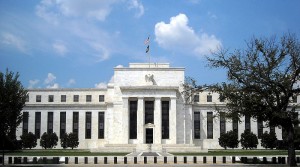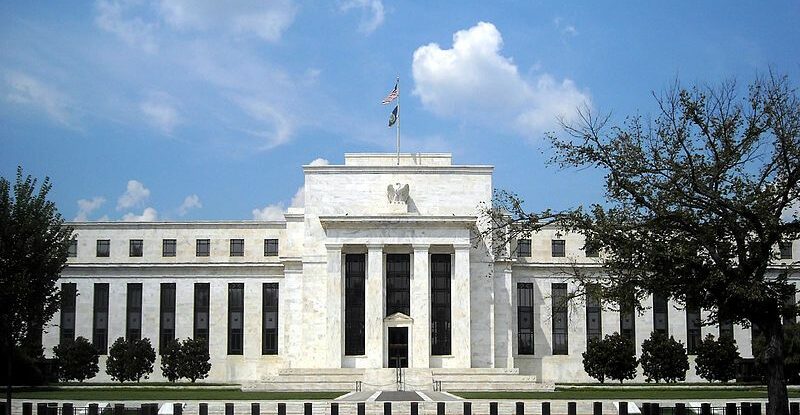
The Federal Reserve announced Monday that it is scaling back its controversial bailout authority in the latest sign that increasing congressional scrutiny is making Fed officials nervous. The move by the central bank seeks to reduce the impression that the Fed shows favoritism when bailing out financial industries, as some have alleged happened in the 2008 cases of AIG and Bear Sterns:
From now on, the Fed would be prevented from extending assistance to a single bank or insurer. Any emergency lending would instead need to be broad-based and addressed to the wider financial system, a response to worries that Fed lending could introduce conflicts of interest.
[…]
The rules agreed to Monday follow a mandate in the 2010 Dodd-Frank Act to introduce limitations on the Fed’s crisis lending abilities. All lending would be done at a penalty interest rate higher than market rates. And the Fed would be required to provide lawmakers with explicit justification for any broad-based bailouts of financial institutions.
While the new rules are a welcome change, the fact that they were voluntary on the Fed’s part leaves open the question of whether it could reverse the policy at the whim of Federal Reserve officials. Also, the new rules don’t address the broader concern in Congress that the Fed’s interest rate policy may be hurting the U.S. economy. Ultimately, it is highly questionable whether this bailout shift will affect the debate on U.S. monetary policy very much.
Nick Arnold is a researcher for the American Principles Project.


